Research
Feb 9, 2023Chain Research - What are Bitcoin Ordinals?
Learn Why Crypto Twitter is Divided Over the Latest Bitcoin NFT Protocol
Bitcoin NFTs and the Ordinals Protocol have sparked a major debate on Crypto Twitter this past week. The launch of the Ordinals Protocol is highly contested between developers, Bitcoin maxis, and NFT-enthusiasts, with each party voicing their strong opinions. To deeper understand the source of this controversy, we must start from the very beginning.
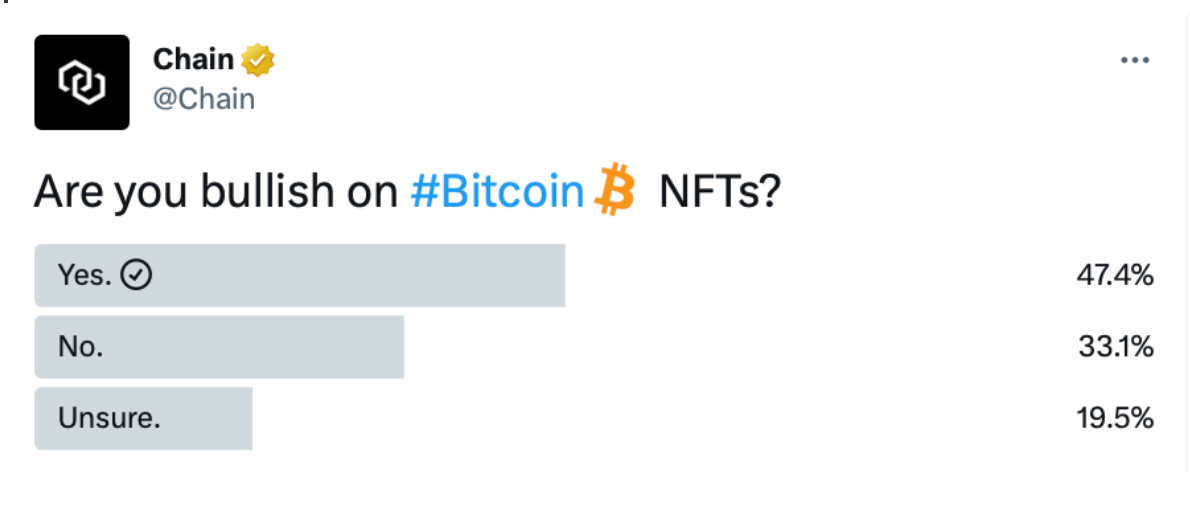
For nearly a decade, Ethereum has been the go-to blockchain network for building decentralized applications and minting NFTs, while Bitcoin has remained the undisputed Godfather of peer-to-peer financial transactions.
Following Bitcoin’s creation in 2009, blockchain technology captivated the bright minds of developers all over the world. This led Canadian software engineer, Vitalik Buterin to propose a new platform in 2013, called Ethereum, which would provide a decentralized environment to facilitate online transactions (A.K.A Web 3.0).
Ethereum was engineered to create a platform that would enable developers to construct decentralized applications (Dapps) and smart contracts. With the Ethereum blockchain, NFTs were able to be widely distributed and traded on the network. NFTs, which are short for “non-fungible tokens”, are cryptographic tokens that can represent a unique piece of digital content stored on the blockchain. These characteristics made Ethereum much more flexible and versatile compared to Bitcoin, which is mostly limited to financial transactions.
Thirty years ago, prior to the existence of cryptocurrencies, Hal Finney (early Bitcoin pioneer), had already discovered cryptographic methods to facilitate the sale of digital assets, which he referred to as "crypto trading cards". He believed that they would be the key to bringing Bitcoin to the mainstream population.
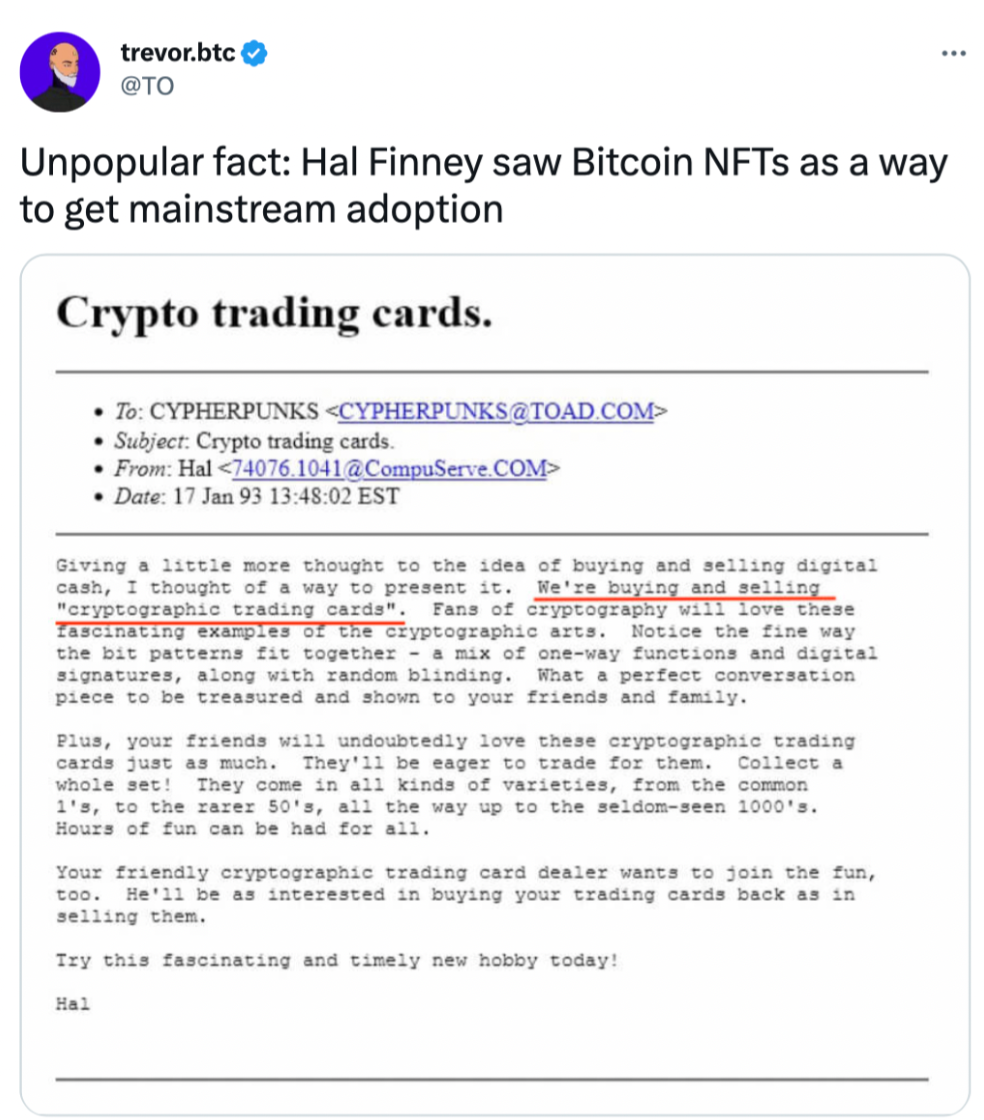
For more than 10 years, developers have been exploring ways to link digital art to the Bitcoin blockchain through sidechains or layer-2 solutions. Layer-2 solutions are open-source protocols built on top of the Bitcoin network, that offer added functionality on top of the inherited layer of security.
Recently, a new decentralized protocol named Ordinals, developed a way to add digital artifacts to ‘on-chain’ Bitcoin transactions using satoshis (the smallest unit of Bitcoin, equating to 0.00000001 Bitcoin), which sparked debate within the Crypto Twitter community on whether this would tarnish Bitcoin’s integrity.
While Ethereum and Solana have become well-known for NFTs and digital collectibles, many Bitcoin developers have been eager to bring these assets directly on to the Bitcoin blockchain. The main hurdle that was preventing the development of NFTs on Bitcoin was the need for smart contracts. NFTs use smart contracts to assign ownership of the digital asset, and update this ownership when the NFT is bought or sold.
To overcome this issue, earlier protocols such as Counterparty and Stacks have developed novel ways of utilizing a local token for smart contracts, and finding methods to settle their trades back on the Bitcoin blockchain.
The Evolution from ‘Side-Chain’ to ‘On-Chain’ NFTs on Bitcoin
Before the existence of NFTs or even the Ethereum network, the iconic “Rare Pepe” memes made their debut in the crypto space through the popular layer-2 protocol, Counterparty. Established in 2014, Counterparty was built upon the open and decentralized Bitcoin network to allow users to mint, buy, and sell unique digital assets. This marked a major breakthrough in digital history, by demonstrating that Bitcoin’s design could be used for more than just a form of currency.
Counterparty transactions operate similarly to Bitcoin’s. Counterparty nodes don’t communicate with each other and don’t have a “peer-to-peer network”. Instead, they connect to the Bitcoin software and download and decode data from each transaction. Counterparty provides the infrastructure for the transaction of digital assets, and even collects the mining fees for the Bitcoin network.
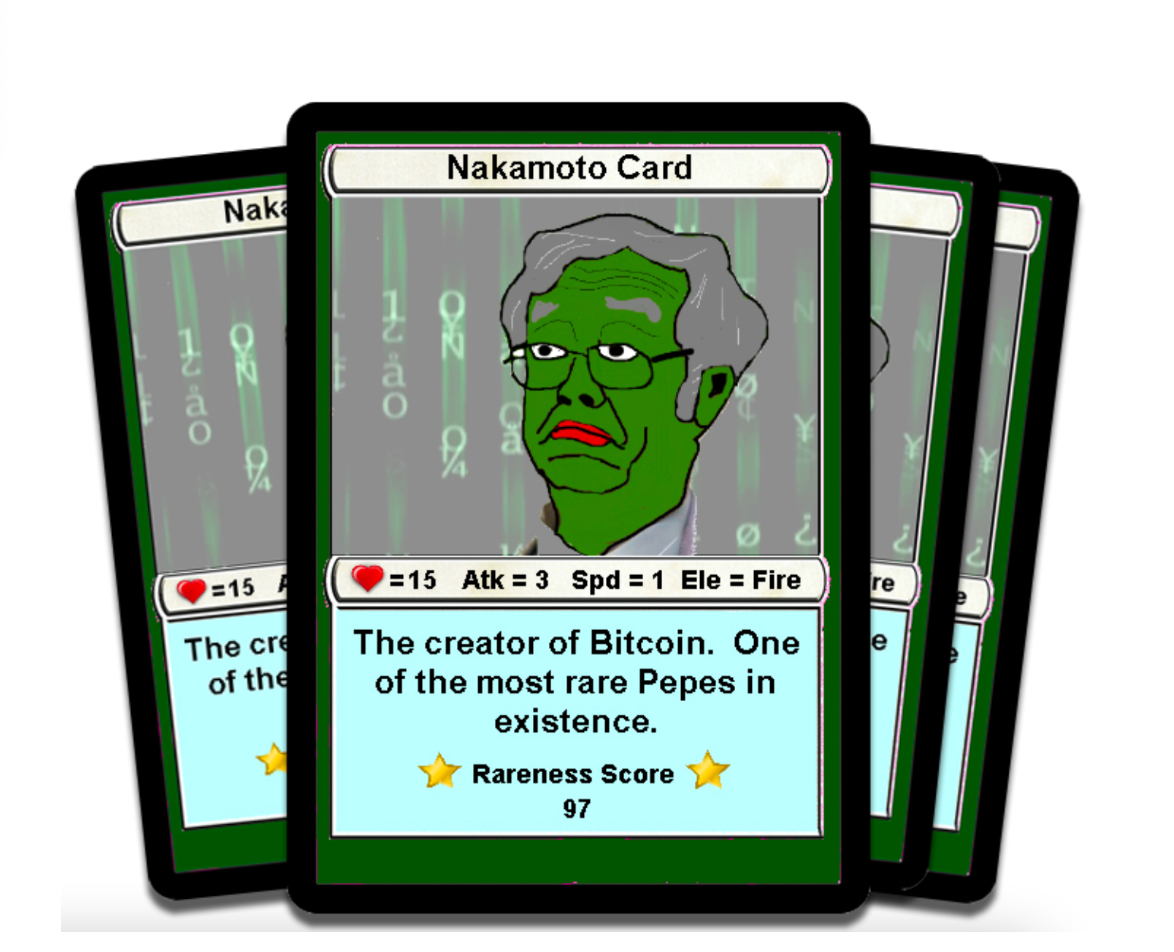
The first ‘Rare Pepe’ minted in 2016, via Counterparty.
Counterparty facilitated the minting of Rare Pepe images, presented in the form of tradable cards, but in limited quantities. The Rare Pepe Wallet enabled users to purchase, sell, and store their Rare Pepe NFTs. To ensure a liquid cash flow, the platform employed a digital currency known as PepeCash. This currency was used to facilitate the submission of Rare Pepes, wallet entries, and to play games.
In contrast, Stacks (formerly Blockstack) is an open-source platform that allows developers to create powerful decentralized applications (dApps) using Bitcoin. It functions as a layer-2 to the Bitcoin network, and provides open-source software for authentication and data storage. From smart contracts and DeFi to NFTs, Stacks has provided an array of capabilities for developers and users alike.
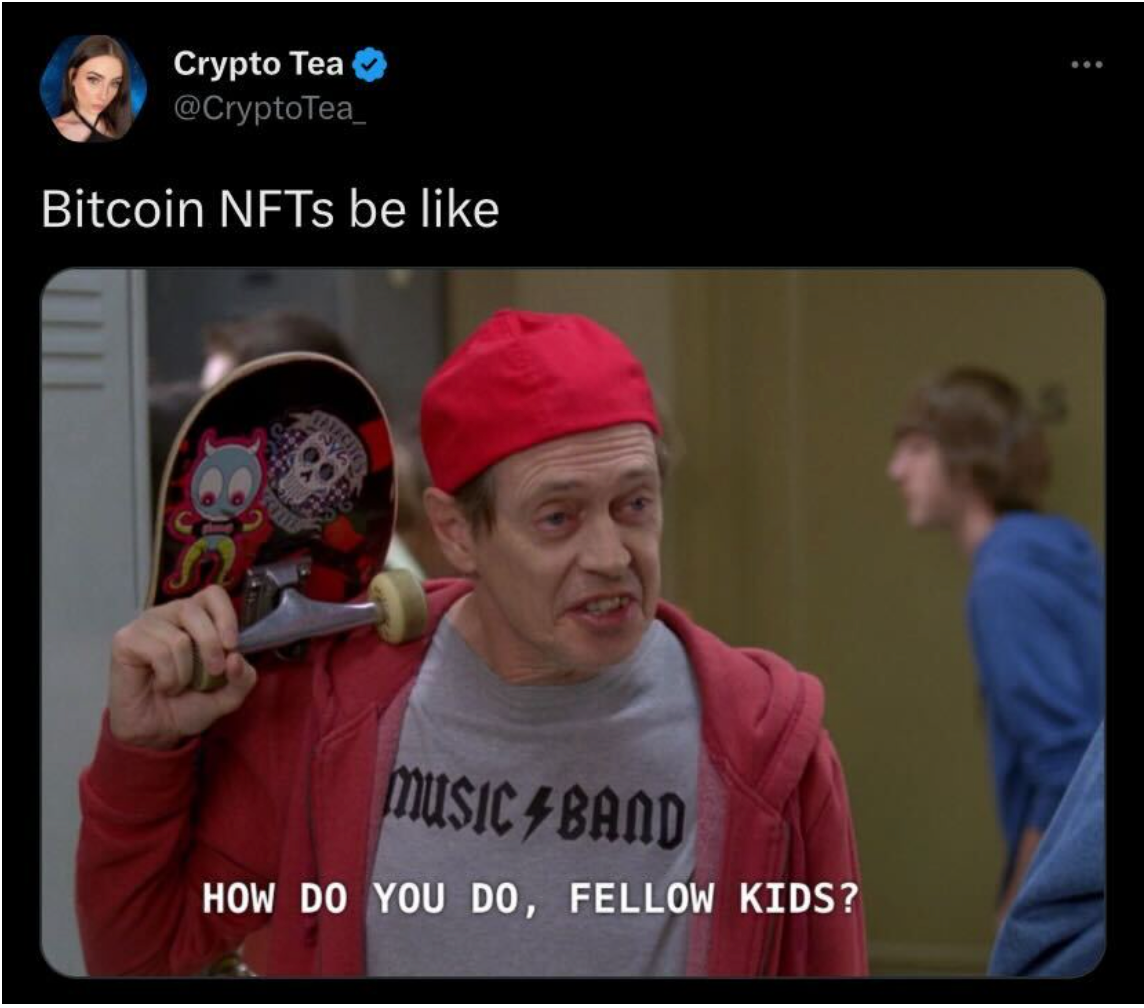
How Ordinals Are Bringing NFTs to Bitcoin with Inscriptions
The Ordinals Protocol recently developed a way to make it easier to create and “inscribe” NFTs, or ‘digital artifacts’ on the Bitcoin network. This was made possible by the Segregated Witness (Segwit) software upgrade in 2017, which reduced the costs of data storage on the Bitcoin blockchain by 75%, and addressed its scalability problem by reducing the amount of data needed to process each transaction.
The Taproot upgrade took this a step further in 2021, by authorizing Bitcoin transactions to reach the full size of a Bitcoin block – which has led to the rise in activity on the Ordinals protocol. Taproot enables the use of a new type of Bitcoin transaction known as "MAST", which enables the creation of more complex and flexible smart contracts. Additionally, Taproot improves the privacy of the network, by allowing users to hide the details of their transactions from the public.
Ordinals, a protocol that assigns a unique, non-fungible number to each Bitcoin satoshi, is gaining traction in certain NFT circles, despite the fact that the process for adding an element to the Bitcoin blockchain (known as an "inscription") is still quite complicated, as it requires users to run a full Bitcoin node. The NFTs are securely placed on the Bitcoin blockchain, without depending on external sources. This guarantees that the NFTs will remain on the blockchain indefinitely as long as Bitcoin continues to exist.
Bitcoin still remains a fungible asset; unlike Ethereum's ERC-721 format, each Bitcoin can still be used interchangeably. Ordinals solves this problem by attaching inscriptions, such as text or images, to sequentially numbered satoshis (sats) to create one-of-a-kind digital objects that can be held and traded across the Bitcoin network, like any other satoshi.
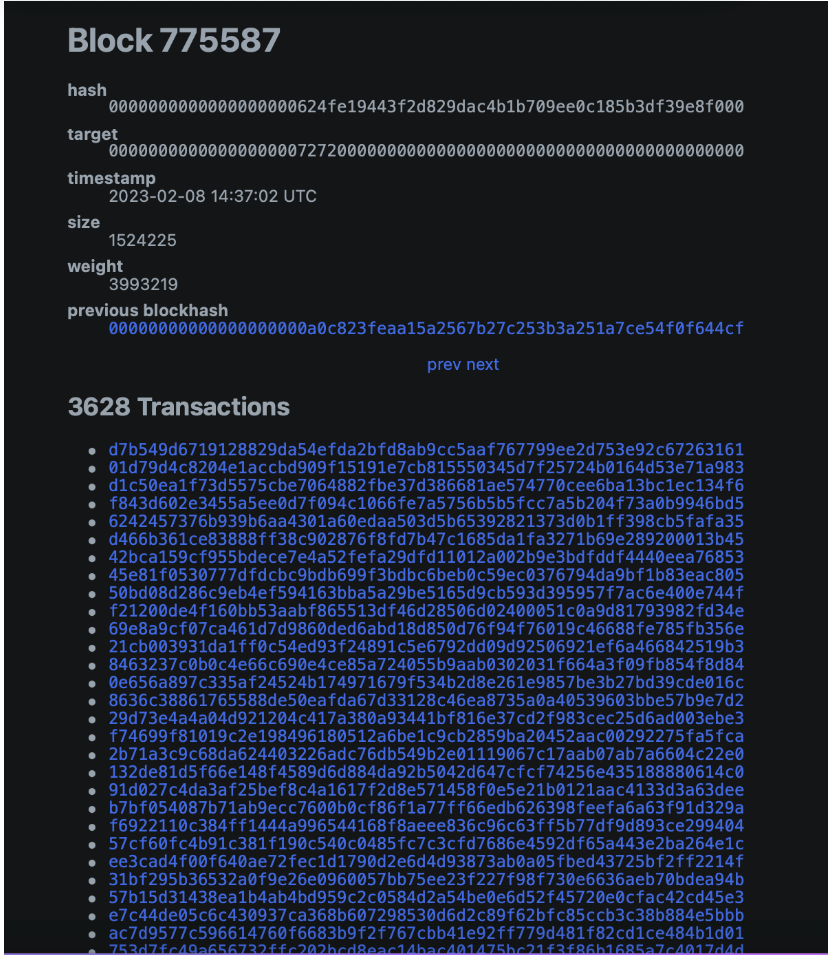
How the Ordinals Protocol inscribes data into blocks.
This allows Bitcoin ‘sats’ to be transformed into a non-fungible asset, a feature that is not natively supported by the Bitcoin software and can still be a complicated process for users wishing to inscribe content on the network. This has created a split in the community, between those who believe Bitcoin should remain limited to financial transactions, and those who believe that the network should be opened up to more use cases, like digital memes and jpeg artwork.
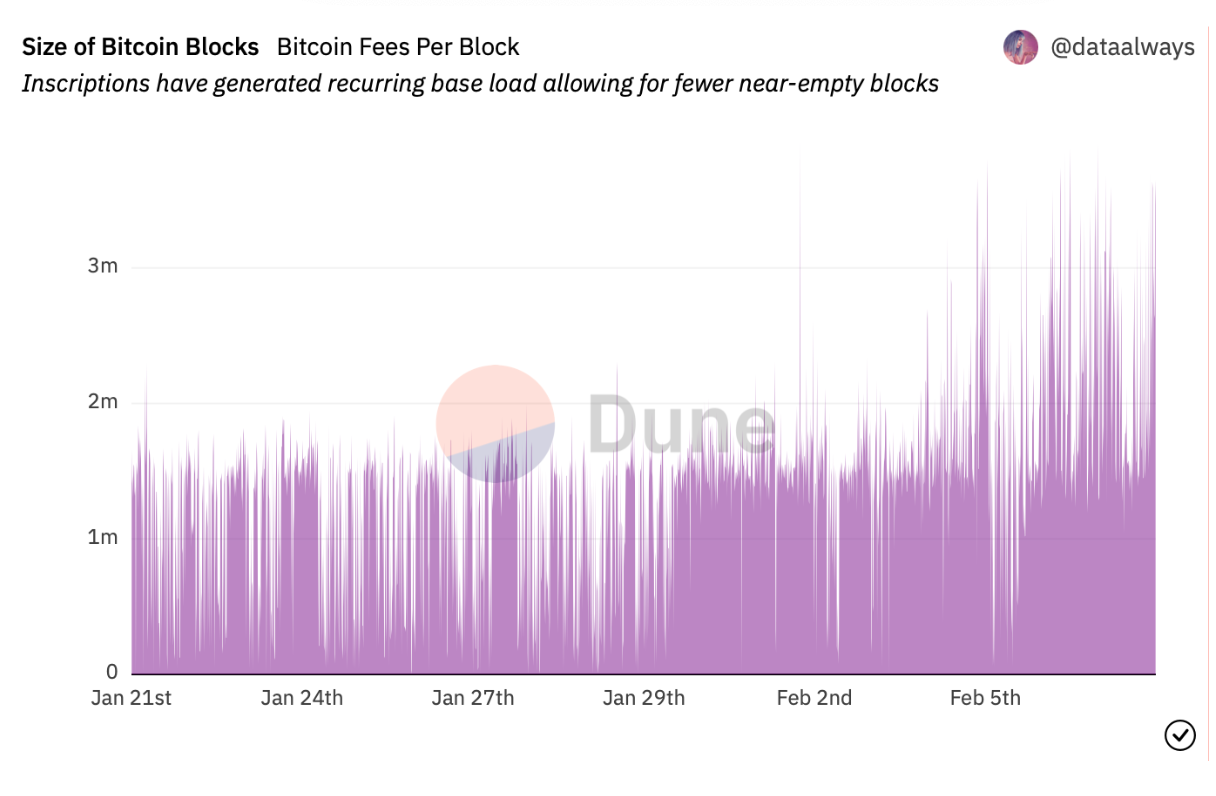
Despite public criticism, the activity of Bitcoin NFTs is on the rise thanks to Ordinals. As of Feb. 6, 2023, 12:00 p.m. ET, more than 7,000 inscriptions have been added to the Bitcoin blockchain (the largest number of single-day mints) with most inscriptions containing images.
On February 2nd, The Taproot Wizards collection, led by crypto influencers Udi Wertheimer and Eric Wall, has made a name for itself by filling an entire Bitcoin block featuring the "magic internet money meme wizard". This image, which had a massive 3.94 MB size, was minted as an Ordinal inscription, and broke the record for filling an entire block. Given the 4MB cap on Bitcoin transaction blocks, and the 1MB limit on individual transactions, it's no wonder why many are questioning: Who would go through the hassle of slowing down an entire network for JPEGs, when other blockchains exist for this purpose?
While some have criticized Ordinals for its contribution to the increased network fees, its developer/founder Casey Rodarmor, claims that the blocks need to be full for people to have a reason to pay more than the minimum fee rate.
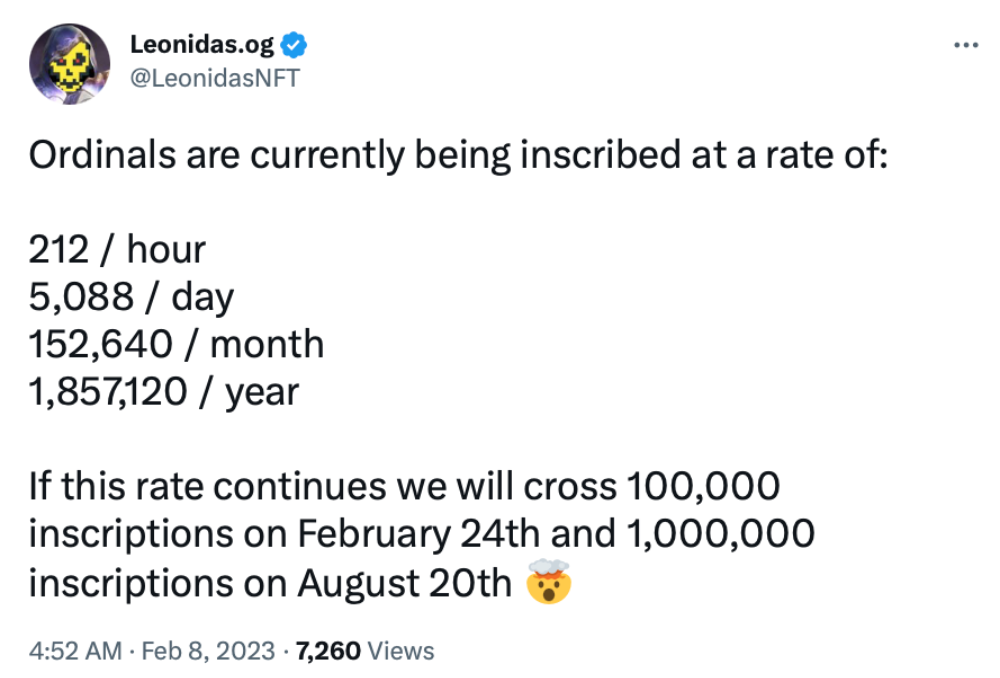
This has sparked debate, with some critics questioning the potential impact of the size of inscriptions filling up each Bitcoin block in the future, and its ability to fulfill its original peer-to-peer payment system. However, founder Casey Rodarmord says that the protocol is intended to “bring some fun and enthusiasm back to Bitcoin.”
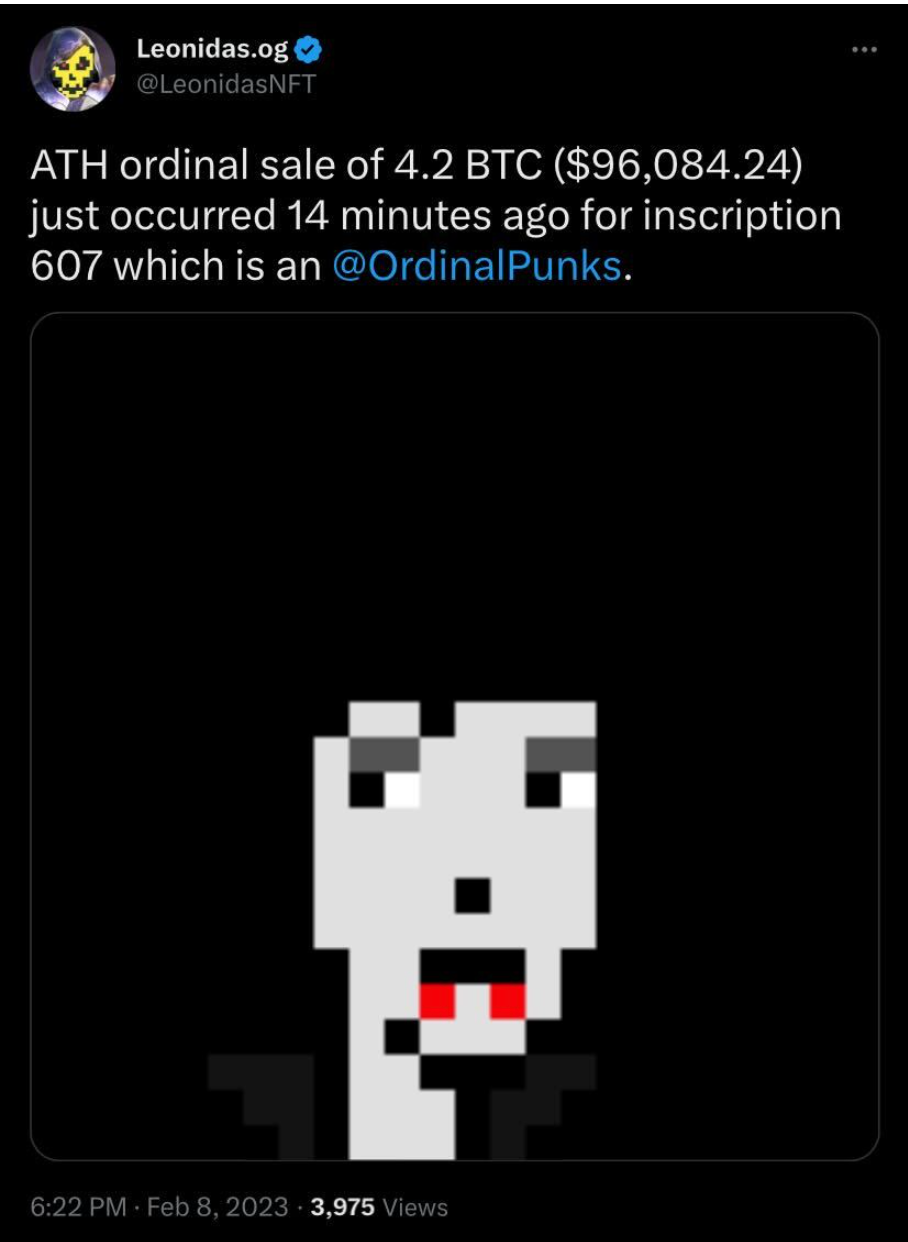
Two Sides to Every Coin
While many have expressed their doubts and fears regarding the latest Ordinals launch, many are seeing this as an opportunity to bring awareness back to the Bitcoin network. Many Bitcoin maximalists (maxis for short), believe that Bitcoin should be the sole global digital currency across all nations, and that the network should not be compromised for any use case outside of financial transactions. Others fear that adding digital artifacts and NFTs on-chain will create higher transaction fees for individuals living in developing nations.
Meanwhile, higher network fees could lead to higher incentives for Bitcoin miners. Every four years, the reward for Bitcoin mining is reduced by half in an event called ‘halving’. This policy was created to keep Bitcoin scarce and prevent inflation. As a result, many miners lose revenue from halving every few years.
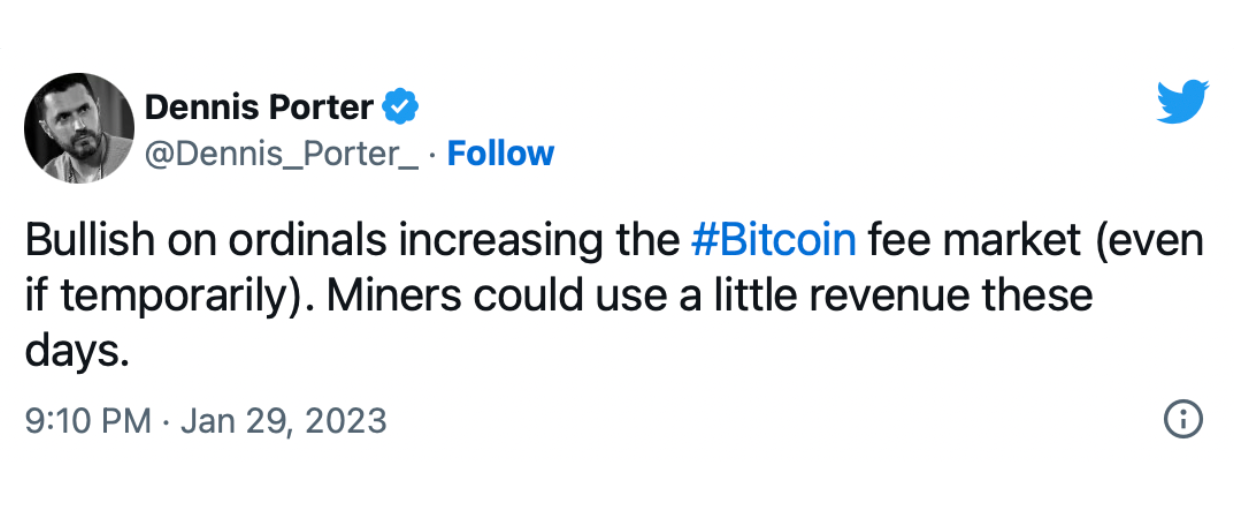
The launch of the Ordinals Protocol has caused controversy, yet its solution offers users a unique experience that could open up many new possibilities for Bitcoin. Despite the debate, the ability of Bitcoin to facilitate financial transactions and Ethereum's ability to facilitate NFTs are both significant milestones in the Web3 industry. With the potential for on-chain NFT inscriptions entering the network, only time will tell how this technology will be received by users.
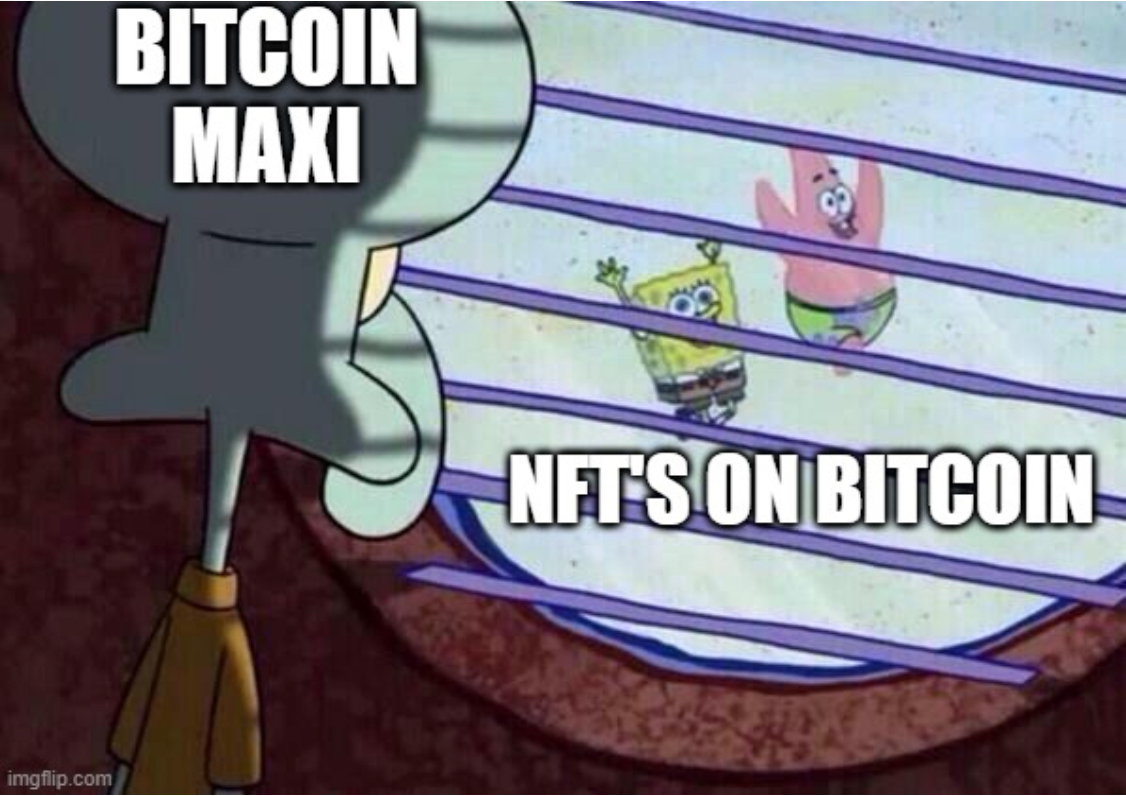
Sources:
1. "Bitcoin NFTs Aren't What You Think They Are." Yahoo Finance, 2 Feb. 2023, https://finance.yahoo.com/news/bitcoin-nfts-aren-t-blockchain-223331682.html
2. "Largest Bitcoin Block Ever Mined Was an NFT Meme." The Dales Report, 6 Feb. 2023, https://thedalesreport.com/crypto-nfts/largest-bitcoin-block-ever-mined-was-an-nft-meme/
3. "Ordinals Launches NFTs on Bitcoin, Triggers Controversy." Decrypt, 30 Jan. 2023, https://decrypt.co/120250/ordinals-launches-nfts-on-bitcoin-triggers-controversy
4. "More Than 7,000 Ordinals Inscriptions Have Already Been Included on the Bitcoin Blockchain." Bitcoin.com, 6 Feb. 2023, https://news.bitcoin.com/more-than-7000-ordinals-inscription-have-already-been-included-on-the-bitcoin-blockchain/
5. "Taproot: Planting the Seeds for Bitcoin Applications." Shift Crypto, 26 Jul. 2022, https://shiftcrypto.ch/blog/taproot-planting-the-seeds-for-bitcoin-applications/
6. "Ordinals: Bitcoin On-Chain Inscriptions & NFTs." Dune, 8 Feb. 2023, https://dune.com/nikka/ordinals-bitcoin-on-chain-inscriptions-nfts.
About Chain
Chain is a blockchain infrastructure solution company that has been on a mission to enable a smarter and more connected economy since 2014. Chain offers builders in the Web3 industry services that help streamline the process of developing, and maintaining their blockchain infrastructures. Chain implements a SaaS model for its products that addresses the complexities of overall blockchain management. Chain offers a variety of products such as Ledger, Cloud, and NFTs as a service. Companies who choose to utilize Chain’s services will be able to free up resources for developers and cut costs so that clients can focus on their own products and customer experience. Learn more: https://chain.com.
Connect with Chain for the latest updates:
Twitter: twitter.com/Chain
Telegram: t.me/Chain & https://t.me/ChainAnnouncements
Medium: blog.chain.com
Instagram: instagram.com/Chain
Chain News & Updates
Latest News & Updates
Sign up for the Chain Newsletter - a weekly roundup of new platform features and the latest from the industry.
